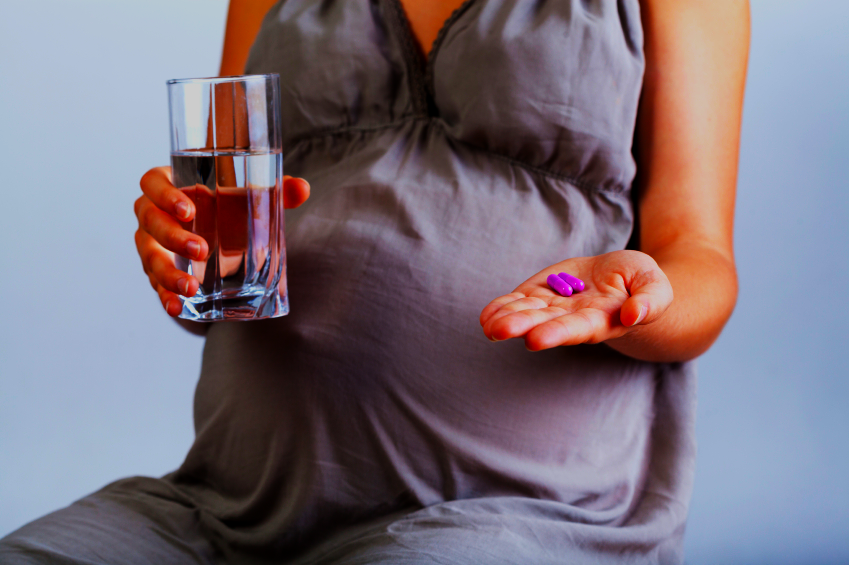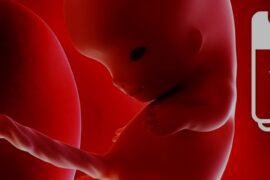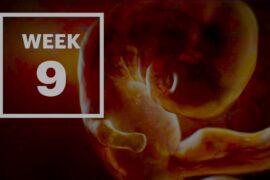Understanding Each Trimester of Your Pregnancy
The journey of pregnancy is an exciting and sometimes overwhelming experience. It is important to understand each trimester of your pregnancy in order to be prepared for the changes that will occur throughout the nine months.
During the first two weeks, which are part of the menstrual cycle, a fertilized egg travels to the uterus and implants into the uterine lining. This triggers changes in the body and usually results in a missed period and positive pregnancy test.
Throughout each trimester, there are different aspects of pregnancy that should be researched and understood. For example, during the first trimester it is important to learn about prenatal care such as nutrition, exercise, and lifestyle choices.
In addition, it is beneficial to prepare for your baby by researching newborn care and post-birth expectations. There are many helpful resources available to guide you through this process such as books, websites, support groups, and healthcare professionals who can provide information on what to expect during each stage of your pregnancy.
Unsure about What to Expect During Each Trimester? This guide will explain in detail the different physical and emotional changes that occur throughout the three trimesters. Let’s jump in!
First Trimester (Weeks 1-12)
The first trimester of pregnancy is an exciting and sometimes overwhelming time for many women. During this period, a woman’s body undergoes a variety of hormonal changes that can cause common symptoms such as fatigue, nausea, vomiting, mood swings, tender and/or swollen breasts, heartburn, headaches and weight gain or loss.
Weeks 1 and 2 involve the completion of the last menstrual cycle and ovulation while week 3 marks conception and the beginning of fetal development with the formation of the spinal cord and brain. Week 4 may bring missed menstrual cycles and symptoms from increasing pregnancy hormones while week 5 is when a positive pregnancy test may be seen.
By the end of the first trimester, your baby will have grown from an embryo to a fetus and developed vital organs, facial features, reproductive organs as well as lost its tail in favor of two legs. Morning sickness, fatigue, breast soreness, headaches are all common during this stage as your baby’s body rapidly develops.
Second Trimester (Weeks 13-27)
The second trimester of pregnancy is often referred to as the “honeymoon period” due to the fact that many unpleasant symptoms subside and energy levels increase. During this time, expectant mothers may experience physical changes such as increased breast size, weight gain and growing belly, and vaginal discharge.
Common symptoms during this time include Braxton Hicks contractions, leg cramps, kidney and bladder infections. Tests may be conducted to check for Down syndrome and other chromosomal disorders. At 18 weeks, you may start to feel your baby move and by week 20, your baby can hear you.
At 21 weeks, you are noticeably pregnant and at 24 weeks most babies could survive with medical intervention. By 27 weeks, you may start seeing your OB/GYN every two weeks.
An ultrasound can determine the gender of the baby as early as 14 weeks with measurements taken by an ultrasound technician. Between 16-20 weeks expectant mothers may feel their baby’s first movements known as “ quickening”.
Third trimester (weeks 28-40)
The third trimester of pregnancy is a time of great anticipation and excitement for expecting parents. During this period, which lasts from 28 to 40 weeks, the baby’s bones are hardening up and kick counts may be started by the doctor in preparation for birth.
Common physical symptoms experienced during this period include shortness of breath, hemorrhoids, urinary incontinence, varicose veins and sleeping problems. It is important to keep up with healthcare visits and be aware of signs of preterm labor. Week 37 is a good time to finalize your birth plan with your doctor.
Other common symptoms during the third trimester include backaches, difficulty sleeping, Braxton Hicks contractions, frequent urination, heartburn and constipation. As the uterus expands from 2 ounces before pregnancy to 2.5 pounds at the time of birth, swelling of feet can also occur.
Weeks 38-40 involve regular visits to the doctor and preparing for the baby’s arrival. All About Women ’s Health recommends that expectant mothers get plenty of rest, eat healthy and exercise regularly during this time.
Throughout Your Pregnancy
Pregnancy is an exciting time for expecting parents, and it’s important to be informed about the different stages of pregnancy. Pregnancy lasts 40 weeks, counting from the first day of the last normal period. The weeks are divided into three trimesters, each with its own unique changes for both mother and baby.
During the first trimester, expectant mothers may experience morning sickness, fatigue, and mood swings. The second trimester brings a surge in energy levels as well as the development of baby’s organs and systems. Finally, during the third trimester, expectant mothers will feel their baby move more often as they prepare for labor and delivery.
It’s important to utilize resources throughout your pregnancy to gain helpful information about what to expect during each stage. Researching newborn care and post-birth expectations can also help you prepare for your baby’s arrival. Additionally, speaking with your doctor or midwife can provide valuable insight on how to best care for yourself and your baby.
10 Must-Do’s in Each Trimester of Pregnancy
First Trimester
1. Make an appointment with your doctor for prenatal care.
2. Take a prenatal vitamin and folic acid supplement.
3. Eat a balanced diet, with plenty of fruits and vegetables.
4. Exercise regularly.
5. Avoid alcohol, drugs, and smoking.
6. Get enough sleep and rest.
7. Start a journal to document your pregnancy journey.
8. Educate yourself on the different stages of pregnancy.
9. Join a prenatal class and get to know other pregnant women.
10. Have fun and enjoy the journey!
Second Trimester
1. Revisit your doctor for regular prenatal checkups.
2. Continue eating a balanced diet and taking prenatal vitamins.
3. Start a regular exercise routine.
4. Begin planning for the arrival of your baby.
5. Start shopping for baby items.
6. Attend childbirth classes.
7. Research the different types of delivery methods.
8. Consider investing in a birthing ball to ease discomfort.
9. Take time to pamper yourself with spa treatments or a nice massage.
10. Start preparing your nursery and baby’s wardrobe.
Third Trimester
1. Visit your doctor for regular checkups.
2. Continue exercising regularly.
3. Eat healthy, nutritious meals.
4. Make sure you’re getting enough rest.
5. Visit your hospital or birthing center to set up a tour.
6. Start making a birth plan.
7. Take time to relax and bond with your baby.
8. Research different breastfeeding techniques and resources.
9. Take a childbirth education class.
10. Pack your hospital bag and make sure you’re ready for labor.



